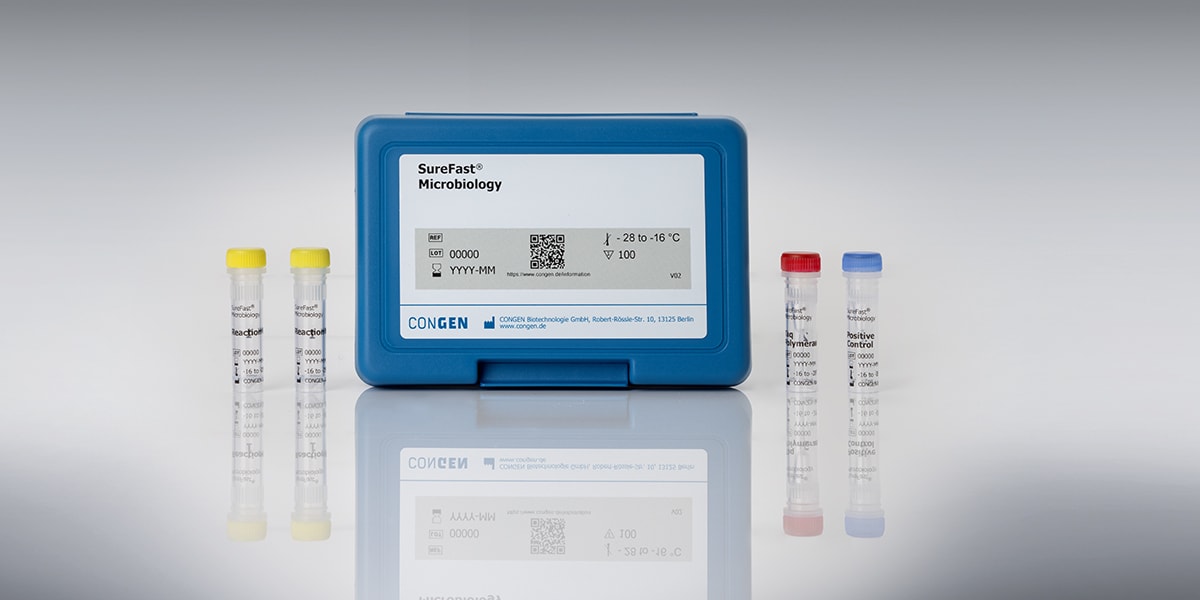
Recent news in Food & Feed Analysis
- Home
- /
- Salmonella: What food producers...
Salmonella: What food producers need to know

Summer is peak season for salmonella – and it’s not only eggs and poultry that are affected. All companies involved in the manufacture or processing of food should be alert.
Current figures
Salmonella is back on the advance: After years of a downward trend, the number of salmonellosis cases has recently increased, according to the latest report on zoonoses by ECDC and EFSA. With 95,000 illnesses in 2016, salmonella was the most common cause of foodborne outbreaks in the EU. In the USA, health authority CDC estimates the number of illnesses to be about 1.2 million per year. In the current year alone, the European Commission’s RASFF Portal has already published more than 400 notifications concerning salmonella.
Foodstuffs concerned
Salmonella especially occurs in raw eggs, meat and dairy products. Foodstuffs such as mayonnaise, minced meat, salami, unpasteurized cheese, tiramisu or ice cream are therefore particularly vulnerable. However, salmonella is also frequently found in fish, seafood, vegetables, chocolate, nuts, spices, herbs and feed.
Main sources of contamination
Salmonella may get into the facility in a number of ways. Potential hazards include contaminated feed, purchased livestock, feces of birds or other wildlife as well as nearby slurry tanks, dumps, waters or the like. After the source of infection is identified, countermeasures can be taken – for example feed decontamination or pest control. Hygiene measures are essential to prevent spread of Salmonella; more information on this and other aspects of Salmonellosis can be found here.
The fastest detection method
Regular analyses in the context of salmonella monitoring are important to detect contamination in facilities or in food. Different options are available for salmonella detection in food. Traditional microbiological detection methods by means of cultivation require multiple incubation periods and therefore do not provide fast results. Real-time PCR (as well as the antibody-based ELISA test) only requires one incubation period of 20 hours ± 2 hours in peptone water (BPW). Specific detection of Salmonella spp. or, with a multiplex kit, Salmonella enteritidis and Salmonella typhimurium can follow directly and will take about 2 hours depending on sample quantities. Being much faster, highly sensitive and specific as well as automatable, real-time PCR is becoming increasingly established.

